Phone: 03 577 2395
C/- Marlborough Research Centre Trust, PO Box 875, Blenheim 7201


Eucalyptus bosistoana (Coast grey box) is a species which grows best on fertile, sheltered sites and produces Class 1 durable timber - timber which is hard, heavy and attractive. E. bosistoana is the first species to be clonally propagated as part of the NZDFI's genetic improvement programme.
Matching eucalypt species to site is essential for good tree survival and growth. E. bosistoana is quite a site-demanding species, so care is needed. Watch our video below, make sure you know your proposed planting site, then ideally talk to an experienced grower or nurseryman before purchasing trees.
Follow our establishment guidelines for good establishment success.
E. bosistoana requires form pruning. Little clearwood pruning should be necessary if growing post and pole wood. For high quality sawlogs, clearwood pruning at an early age is necessary.
Read our form-pruning guidelines and watch some videos.
E. bosistoana is susceptible to two pests currently found in New Zealand, paropsis beetle and Eucalypt Variegated Beetle (EVB). NZDFI research has shown some families are more tolerant to pests than others. Breeding selections will include pest tolerance in future.
E. bosistoana flowers in late summer/autumn.
Note: Durability is a complex parameter; NZDFI’s research into heartwood formation will improve our understanding of factors determining durability.
Poles and posts, heavy engineering, structural uses, crossarms, railway sleepers, vineyard and fence posts.
NZDFI have also been researching the potential for E. bosistoana as a component of laminated veneer lumber (LVL).
E. bosistoana's natural range is confined to coastal mixed forests along the south-east coast of mainland Australia, between the altitudes of 0-500 metres.
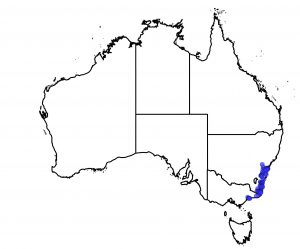
E bosistoana was selected for the NZDFI breeding programme based on its high durability, apparent wide site tolerance, and good early growth in NZDFI trial plantings in Marlborough.
Historically E. bosistoana has been planted on a small scale throughout New Zealand. There is good anecdotal evidence of its adaptability to a range of site types.
The best trees exhibit excellent form; in general form is variable.
It is performing well in early NZDFI trials (2003-04 plantings) in Marlborough, and various other NZDFI trial plantings.
E bosistoana is a leading species in NZDFI’s breeding programme.
Proseed NZ Ltd planted three hectares of grafted elite selections of E. bosistoana in 2016. These selections were made from the top 18 families first identified in NZDFI’s 2009 breeding populations. Many individuals are now flowering and will produce the first crop of improved orchard seed in 2020.
Proseed have also succeeded in producing clonal plants from cuttings of elite E. bosistoana trees. In spring 2018, over 3000 elite clonal plants of E. bosistoana were planted in new trials in Marlborough and several other regions.
Read more about our breeding programme here.
The following wood properties relate to Australian native timber. Data for NZ plantation timber are not yet available.
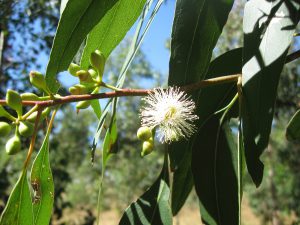
E. bosistoana flower buds and bloom.
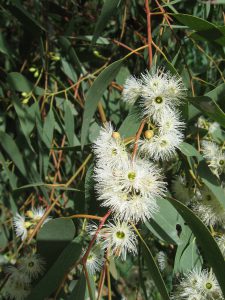
E. bosistoana flowering.
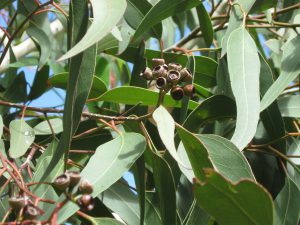
E. bosistoana seed capsules.
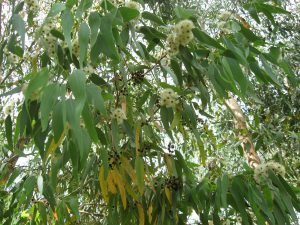
Prolific flowering and seed production.
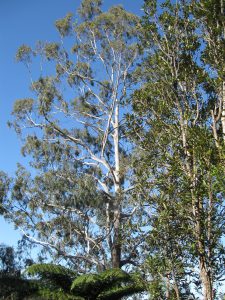
Mature E. bosistoana.
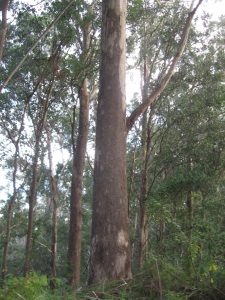
Mature E. bosistoana, Whangarei.
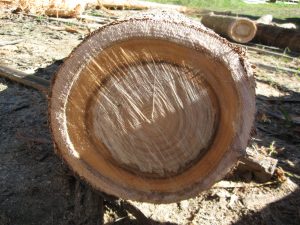
15-year-old E. bosistoana log.
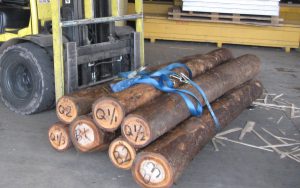
E. bosistoana and E. quadrangulata ready for peeling at Nelson Pine Industries.
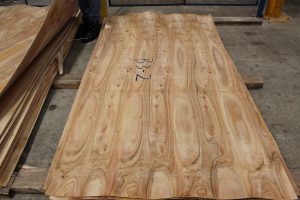
E. bosistoana veneer - a potential component of LVL.
C/- Marlborough Research Centre Trust, PO Box 875, Blenheim 7201